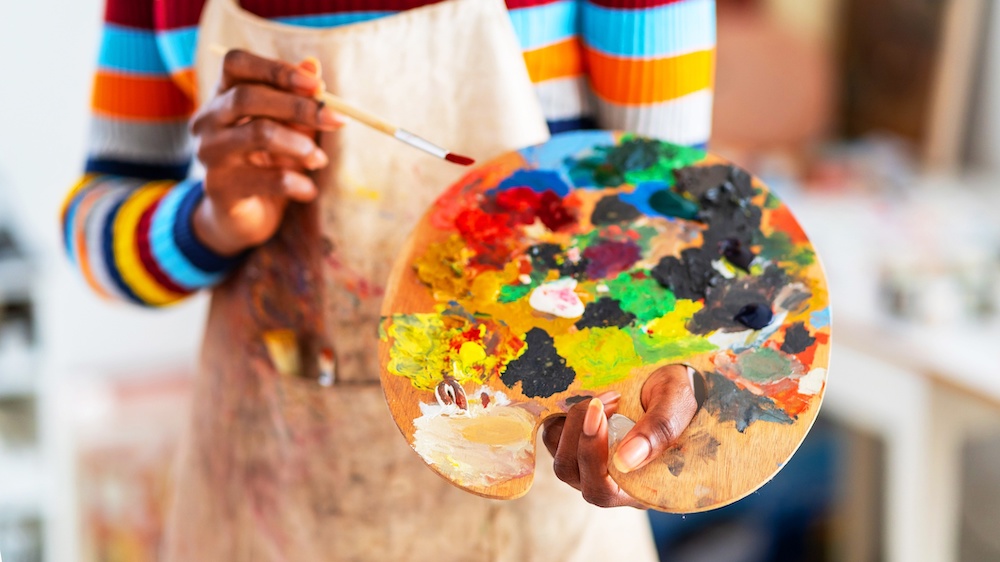If you’re interested in sharing your opinion on any cultural, political or personal topic, create an account here and check out our how-to post to learn more.
Opinions are the writer’s own and not those of Blavity's.
____
The beginning of the year has seen the recognition of marginalized people and a call for the accountability of institutions that support or associate with those who have abused them. One institution that has seen its reputation tarnished is the Museum of Modern Art (MoMA). Just like every business in the country, MoMA reopened its doors with the hope of finding some life in this economically dead climate and was happy to see its patrons return to the galleries. But the recent publicity surrounding one of its board members jeopardizes that path to normalcy.
The opening of one of their newest exhibitions, Reconstructions: Architecture and Blackness in America, aims to direct the eyes of the media and the public onto the neglected communities of African Americans. It also flips through the pages of history as a reminder of the systemic racism and discrimination that has been the trademark of American practices when dealing with the freed Black post-slavery.
The exhibition combines the commissioned art of several Black modern artists and explores through imagination and creativity what worlds they envision and what comes with the Black experience. This is a brilliant opportunity for MoMA to change the narrative that surrounds the institution as it relates to African Americans and others of color while providing a space for Black artists in a place that has been criticized for their lack of Black creative representation. The art world itself has been a quiet perpetrator of discrimination and racism, something that many are addressing.
The exhibition is full of sounds, colors and many different perspectives that all touch on the Black experience, but it still seems to be a flood of emotion and creativity with no cohesive message. As Black artists and creatives, we are put into the unenviable position of needing to subdue our creative passion as individuals to be the voice for a people often forced to silence. Our voice has to be clear creatively. In other words, when commissioned or inspired to create such poignant pieces of art or writings that will be seen by the public, we do not have the luxury of allowing our art to be simply interpreted by the viewer because our message comes from ancestral depths of pain and injustice. To be chosen to speak on behalf of a people means our purpose and structure must be at the helm with our creativity awaiting its role.
Reconstructions oscillates between direction and over-ambitious creation that leaves many outsiders of the experience unsure of what they are to understand or feel. The walls are covered in words, somewhat over-explaining and demanding the visitor read paragraphs to better understand the art, which takes away from the flow of what you see.
All exhibitions are flawed curations in the eyes of the public, as we all can opine that some exhibitions have fallen short of our expectations. But when I left Reconstructions, I half expected to feel the same exuberance and raw emotion I felt last year in Projects 110: Michael Armitage, at the same museum. Though a street gallery exhibition, it was one that many people walked out of feeling moved, heavy, emotional and provoked — even though the story and history were solely focused on the social and cultural struggles of East Africa.
Armitage displayed truth, beauty and brutal ugliness as raw as he could. There were paintings of naked Africans in bondage, burning and abused, while showing others in states of joy, laughter and hope. It was an honest reflection, bruises and all. It was an appreciated image to be remembered.
Reconstructions was an opportunity to reach a large audience that could move through the gallery collecting all the messages and feelings intended. But the disjointed flow of the exhibition seems more like acquiescence to troubling discoveries in the museum’s executive closet than a true attempt to promote an honest discussion on issues that continue to have an impact on African Americans.
